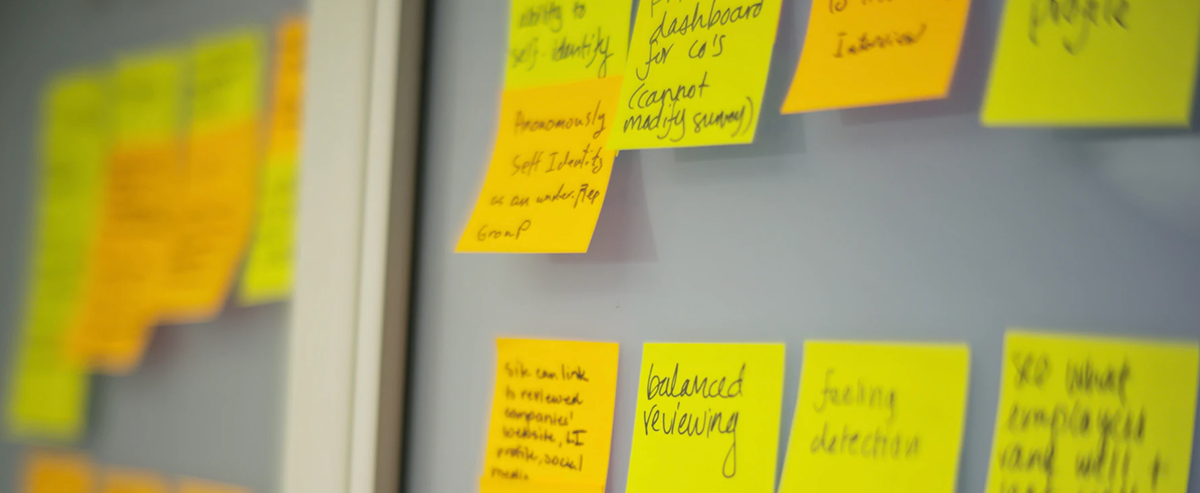With Russian influence on the 2016 US election and genocide in Myanmar both heavily influenced through Facebook, we are just beginning to understand how completely social media has transformed our lives, communities and politics. I saw a trend and decided to put together a research proposal for Facebook to better understand a common factor driving these issue. This factor is something that has proved to be rampant on social media - viral anger.


I began with some secondary research to get my bearings. Perhaps most interestingly, this phenomenon was recognized early on by psychologists looking at human-computer interaction.

Several scholarly studies had some poignant findings that helped me understand the problem space further.

What can Facebook do about it's viral anger problem? A bit of UX Research could go a long way to understand the design patterns and emotional triggers that affect Facebook users around this issue. To start off, I identified my research goals and narrowed down my area of study.
Research Goal: Gain better understanding of anger and reactivity on the Facebook news feed.
Research Questions:
- What triggers expression of anger on Facebook?
- How do users express anger and what behavior patterns do they engage in?
- What are the repercussions of anger and reactivity in people’s behaviors, emotions and lives?
Product Goals:
- Better define the user problems that need solving in this problem space.
- Identify triggers that provoke an angry reaction.
- Understand how users experience their relationship with anger on Facebook.
I then made a Research Plan that would span 6 weeks and use a combination of quantitative and qualitative methods.
To keep it brief, I'll highlight a just a couple research methods.


Remote Think Aloud Testing
Strengths:
Real-time reactions to their own News Feed content
Weaknesses:
Performance bias & Hawthorne effect
Implementation Plan:
Remote testing using a simultaneous screen capture and video camera
Have participants look through their own Facebook feed for a 20-60 minutes, asking them to think out loud.
Give participants $40 for an hour session.
Participants:
People who say they have gotten in a fight on Facebook
8 total to capture trends


Interrupter Survey
Strengths:
Easily get a large number of responses
Can get responses while people are using the product, in “the wild”, less performance bias
Weaknesses:
No context to why people answer in a certain way
Data can be skewed by small things like wording
Implementation Plan:
Craft wording to sensitive topic
Keep it short (less than 12 statements)
Send survey to users on Facebook while they are using the product
Participants:
Any Facebook user, 200 participants
Incentive: raffle for one $50 Amazon gift certificate
Scale:
Disagree, Somewhat Disagree, Neutral, Somewhat Agree, Agree
Sample Statements (less than 12 total) :
Facebook is responsible for alarming posts that show in my feed.
I find angry posts and comments on Facebook to be a problem.
I am not affected by angry posts that show on my Facebook feed.
Facebook is not responsible for what people choose to post or share.
I have posted on Facebook in the heat of the moment and later regretted it.

The combined data from this research plan would paint a relevant and timely picture of Facebook users' experiences. Following each method, the research team could synthesize findings, using Affinity Mapping and identifying statistically significant outcomes to find clear takeaways from the study. With those insights, Facebook could make more ethical and profitable decisions affecting both their product design and and their product strategy.

